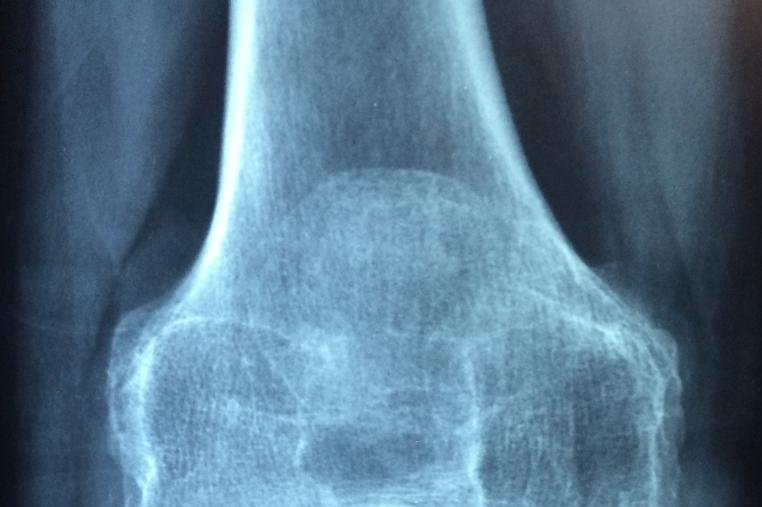Researchers have developed a three-dimensional imaging method using computerized tomography scanning that detects tiny changes in arthritic joints. Photo by
Taokinesis/pixabay
June 18 (UPI) -- A new three-dimensional imaging technique could lead to improved treatment of arthritis, according to a study.
Engineers, physicians and radiologists at University of Cambridge in England have developed a method of detecting tiny changes in arthritic joints. They say their findings, published Monday in the journal Scientific Reports, could lead to a better understanding of how osteoarthritis develops and more accurate treatments without the need for invasive tissue sampling.
"We've shown that this technique could be a valuable tool for the analysis of arthritis, in both clinical and research settings," Dr. Tom Turmezei, of Cambridge's Department of Engineering, said in a press release. "When combined with 3D statistical analysis, it could also be used to speed up the development of new treatments."
Currently, there is no recognized cure for osteoarthritis, a common form of arthritis that develops when articular cartilage at the ends of bones is worn down.
The only definitive treatment is surgery for artificial joint replacement.
"Using this technique, we'll hopefully be able to identify osteoarthritis earlier, and look at potential treatments before it becomes debilitating," Turmezei said. "It could be used to screen at-risk populations, such as those with known arthritis, previous joint injury, or elite athletes who are at risk of developing arthritis due to the continued strain placed on their joints."
The most widely used methods for detecting the condition are radiography, magnetic resonance imaging and ultrasound.
Doctors can use two-dimensional X-rays to diagnose osteoarthritis by identifying a narrowing space between the bones of the joint due to a loss of cartilage, but the imaging technique is not sensitive enough to detect subtle changes in joints.
"In addition to their lack of sensitivity, two-dimensional x-rays rely on humans to interpret them," Turmezei said. "Our ability to detect structural changes to identify disease early, monitor progression and predict treatment response is frustratingly limited by this."
The new technique uses images from standard computerized tomography scans, or CT scans, which aren't normally used to monitor joints.
Called joint space mapping, the method analyzes the CT images to identify changes in the space between the bones of the joint in question.
The researchers then developed an algorithm to test human hip joints from bodies that had been donated for medical research, finding it was twice as sensitive as the current "gold standard" of joint imaging with X-rays.
CT scans have not been approved for use to monitor joints, but the researchers say that a combination of lower-dose radiation CT scanning and 3D imaging techniques promising to be more effective for treatment decisions -- including the new one -- shows promise for better osteoarthritis care in the future.















